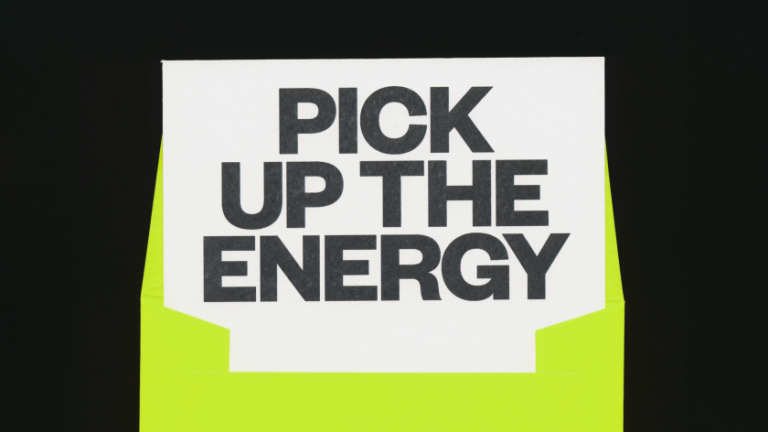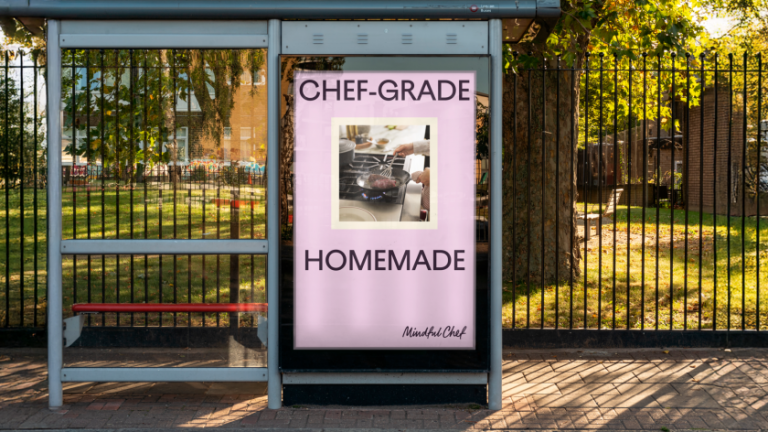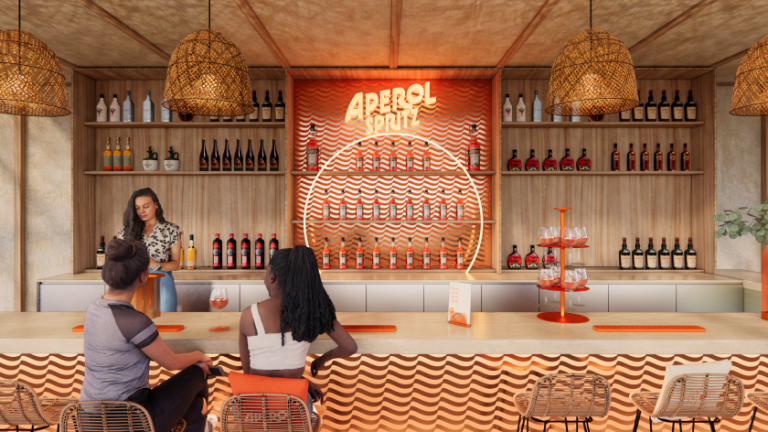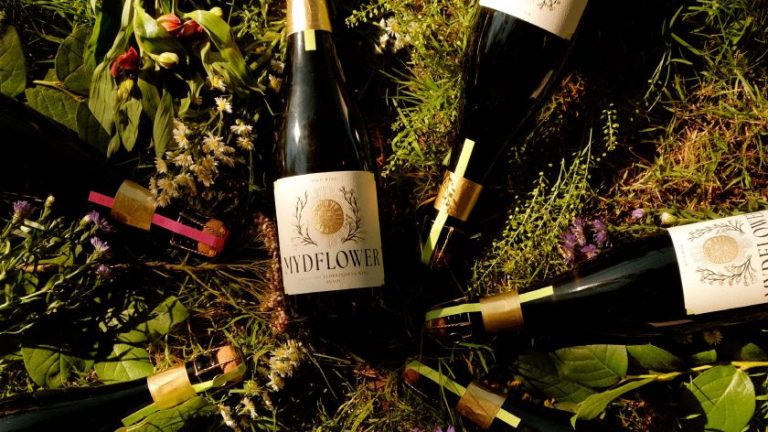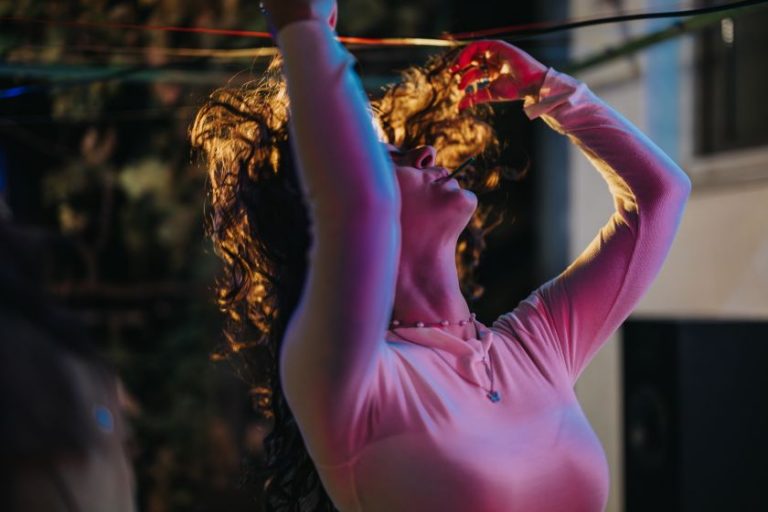All Keith Haring artwork and quotes © The Keith Haring Foundation
If you’re a fan of the 1980s New York legend, you might be interested in a new book that presents his work in a way you’ve never experienced before. We find out more about how it was made.
Poposition Press is behind the official Keith Haring Pop Up Book, a glorious text that explores the artist’s most iconic works through three-dimensional pop-up spreads. We’re talking Dog, Silence=Death, and Sculptures, to name a few. It’s a unique collaboration that includes two book editions, a Love greeting card and a pop-up poster of The Marriage of Heaven and Hell.
Publisher and paper engineer Rosston Meyer originally had the idea to make art pop-ups around 2000. It was later, in 2013, that he made his first. Titled Pop Up Funk, it celebrated the work of comic book artist Jim Mahfood. It began a whole series of similar publications with other artists and launched his publishing house, Poposition Press. In fact, since then, he has released over fifty books, prints, and cards with artists like Skinner, Junko Mizuno, and Mike Giant.
As far as the Keith Haring book was concerned, this was a wishlist project for many years. In 2021, Rosston began working on a book with the Andy Warhol Foundation, and through that connection, he was able to get in touch with the Haring Foundation, too. “I pitched a similar thing to them as what I was doing with Warhol; the stars aligned, and the dream came alive,” he says.
Rosston worked on the project with the award-winning pop-up book designer, paper engineer, and illustrator Simon Arizpe. The process began with the pair choosing which pieces to include in the book and determining whether they would flow together nicely.
“We had access to the archives, as well as anything we could find online or in books,” says Rosston. “It was quite overwhelming at first with such a huge amount of work to choose from. We loved the chalk drawings that Haring did in the NYC subways and wanted to incorporate those, but ended up using The Marriage of Heaven and Hell as the only black and white pop-up in the book.”
Once they decided on the images they wanted to use, Simon started to work on the paper engineering, which takes a lot of time and revisions for a pop-up book of this nature. On that note, Simon admits that presented his biggest challenge: “All of Keith’s pieces have such a strong energy. Even all these years later, they look like they were painted a minute before you walk into the room. I wanted to keep that same spark of spontaneity while paper engineering this book – focusing on the surprise and playfulness already inherent in his original artworks and transforming them into pop-up form.”
Of course, Haring was such a well-loved artist to so many, so there was pressure to get it right. “Haring’s work means so much to so many people,” says Simon. “In my line of work, I collaborate with many different artists. When it is working at its best, both artists have a voice in moulding and shaping the final piece. When working with the archive of an artist who has passed, you have to honour the work that came before, using it as a guide to ensure what you are making carries that artist’s overall vision forward. It is a responsibility I don’t take lightly.”
It wasn’t until Simon immersed himself in the project that he realised how much Haring meant to him as a creative. “There is a photo of me posing for my senior class photo, with my threadbare vintage Keith Haring t-shirt that I loved and wore into the ground. Did I know then about Keith Haring, his contributions to pop art and the New York City graffiti scene, or his advocacy for safe sex and AIDS awareness? Not really. I, like many, found an entry into his work through his bright colours and approachable visual language. It was years later, when I saw a large retrospective of his work in a 2011 show at the Brooklyn Museum, that I started to understand his compound legacy on the art world and queer rights. It was actually during that show that I thought it would be amazing to make a Keith Haring pop-up book ‘someday’.”
“Now that I have been given the unique opportunity to go through his archive, really study his work, and pick the pieces we thought would best translate to a pop-up book, I feel like I can understand him better as a fellow artist,” he continues. “Researching his life, I learned just how prolific his art practice was, right up until the end of his life, as well as his commitment to using his work for mutual aid and community service: two things I think I could improve upon in my own life and art practice.
“As a fellow queer man and New Yorker, I felt like I was following him around town sometimes while I was working on the book. Being granted special permission to set up a ladder and photograph his Once Upon A Time bathroom mural at the LGBTQ Center for our bathroom pop-up, I could just sit up there, feel the heat in the small room, and try to guess where he started the mural.”
How does anyone even begin translating classic works of art into something that pops up? “I usually begin by thinking about its motion,” explains Simon. “How is this thing going to move? Does it want to be big? Fast? Slow? Solid? What am I trying to say with the motion of this pop-up and the space I have? Once I have figured that out, I start to play around with the paper to make it move in a way similar to how it looks in my head.
“Sometimes it works on the first try. Other times, it doesn’t, and I have to start with an entirely new concept. I have been doing this for a while now, so it often works on an iteration of that first concept. Other times, I have to start over from scratch two, three, or four times before I get it right.”
Throughout this process, Rosston and Simon worked closely with the Haring Foundation to ensure their work was consistent with Haring’s legacy. There are two versions. In the standard one, you’ll find 3D recreations of Sculptures, The Marriage of Heaven and Hell, Pop Shop Grid, Dog, Silence=Death & Houston Street Mural. The special ‘Altarpiece’ edition includes the book with an alternate silver foil stamped cover, the Once Upon A Time… accordion diorama based on the iconic LGBT Center mural, and one copy of the Love greeting card. It also comes housed in a bespoke laser-etched wooden case.
“I think my favourite page is the Pink Triangle,” says Simon. “It may not be the most complicated page in the book engineering-wise, but turning the triangle into a pyramid transforms the original piece into something different. Suddenly, you have this 3D pyramid pile of people standing on top of each other. It feels messy, and it feels heavy. Then, this pink light is slicing through the mass like someone shining a spotlight on the scene. It gives physicality and heft to this abstract symbol while conveying the subject matter’s gravity and danger.”




